Home
[Polskie tłumaczenie]
Konradstein [Kocborowo] (Heil- und Pflegeanstalt Landesanstalt für
psychisch Kranke)

The Kinderfachabteilung in
Konradstein/Kocborowo was established in 1942 at the latest (possibly as
early as 1940) and continued until 1944 (Soviet liberation). Dr. Waldemar
Siemens (who had the name Schimanski until 1939) became director after
Germany's invasion of Poland (before he had worked in Gdansk/Danzig in a
psychiatric clinic). The physician reported to be responsible for the
special children's ward, located in stations/pavilions X (girls, first
floor) and XI (boys), was deputy director Dr. Han(n)s Arnold Schmidt.
The then largest facility for mentally ill in all of Poland, Kocborowo was
the hospital where the first killing of mentally disabled and sick patients
in Poland by Germans was carried out, on September 22, 1939, very likely by
the Wachsturmbann Eimann (see Riess 1995; 2004: 128-29; Schenk). The SS
murdered the director and clinic personnel and until Jan. 1940 had
transported almost 1,700 patients to the nearby Szpegawski Forest
(including 130 children brought in from an affiliated clinic), where the SS
shot them. The total number of patients who either died there or were
transported off to their death is estimated to have been approx. 4,000. Of
those, about 500-550 were children of the "Reichsausschuss" from the
Gdansk/Danzig area and the Reichsgebiet--a comparatively very large
number--for whom 360 hospital records with fictitious causes of death remain
extant. It is possible that the corpses of child victims were among those
sent from Kocborowo to Rudolf Spanner, the director of the Anatomical
Institute in Gdansk/Danzig, and were used in Dr. Spanner's experimental
production of soap from human fat.
After WWII, authorities launched various investigations, which tended to
focus on the killing of patients in the nearby forests, not on the children
killed in the Kinderfachabteilung. In Poland rumors existed that Dr. Siemens
had turned against Nazi authorities and was killed at the end of the war. On
July 14 1945 the Polish Minister of Justice sent questionnaires to regional
courts about German crimes, and between 1946 and 1949 13 regions had a
Regional Commission for the Investigation of Nazi Crimes (Okregowa
Komisja Badania Zbrodni Hitlerowskich). As a result of their
investigation, on 1 March 1946 head nurse Johann Aberg received the death
penalty in absentia for killing 150 children. After the reconstitution of
the Regional Commissions in Poland, the Commission in Gdansk conducted a
further, in-depth inquiry in 1967-1968 (Musial, Milewski 1995; Krawczyk).
In Germany, state attorneys' offices in Hannover and Hamburg inquired about
the whereabouts of Dr. Schinanski, but he could not be located (MfS records
may show that he stayed in East Germany). Dr. Schmidt was released by the
Soviets from his duties at a Soviet prisoner of war camp at the end of 1945
and then settled in Hamburg, where he worked as a physician until he retired
as a state medical officer in 1963. He died in 1973. Due to his alcoholism,
his state of heath had already deteriorated when the Hamburg state
attorney's office investigated against him in the early 1960s for his
involvement of the death of patients at Konradstein, including 300 children
in the years 1941-43. Investigations against Dr. Wolfgang Masing and Dr.
Ernst Fritz, in the context of them being physicians being involved in the
murder of children, were stopped in 1967 for lack of proof. Nurses Johann
Aberg and Else Bern(h)ard, as nurses in the children's stations, were not
charged (Aberg for his permanent inability to stand trial; Bernhard for lack
of proof).
Source: author; http://www.kocborowo.pl/plan_szpitala.html
The list of 360 child and youth victims, with their names and the dates of
their births, is, given in Zdzisław Jaroszewski, ed., 1989. Pacjenci
i
pracownicy szpitali psychiatrycznych w Polsce zamordowani przez okupanta
Hitlerowskiego i los tych szpitali w latach 1939-1945. Vol.
2: Imienne wykazy zamordowanych.
The earliest death is recorded for late 1939, but the number of deaths does
not rise significantly until about August/September 1941, when 15 of the 19
deaths of that year occurred. A few deaths are recorded as late as the end
of December 1944. A list, in order of deaths from 1939 to 1944 with the
official cause of death listed, is also provided in Towarzystwo Milosnikow
Ziemi Kociewskiej, Księga imienna strat
ludzkich II wojny światowej (Kociewie) (pp. 94-112).
Child and Youth "Euthanasia" Victims at
Kocborowo Hospital
Year
|
Deaths
|
1939
|
1
|
1940
|
7
|
1941
|
19
|
1942
|
73
|
1943
|
142
|
1944
|
108
|
Source: Author's calculations, based on Jaroszewski 1989.
Source: http://www.panoramio.com/user/1616337
The history of events concerning "euthanasia" murders were known by 1948 at
the latest, when a local physician, Dr. Tadeusz Bilikiewicz, chronicled
them. In 1949 a commemorative display was erected on the clinic premises. It
reads "In memory of those murdered by the Nazi barbarians at the hospital,
in prisons, and in the Szpegawski forest - 2,203 mentally ill patients and
several hundred children and hospital employees" (pamieci zamordowanych
przez barbarzyncow hitlerowskich w szpitalu w wiezieniach I w lasach
czpegawaskich 2203 psychicznie chorych kilkuset chorych dzieci i pracownikow
szpitala), followed by a list of murdered hospital personnel. There are also
memorial stones in the Szpegawski forest itself.
Twenty years after WWII Stanisław Krzysztof Szwentner found hospital records
in the basement of the hospital, which were subsequently used for a detailed
depiction of the historical events in Krystyna Szwentnerowa's book (1968). A
Russian translation of the book, without pictures, is available on the web (http://vaalmo.narod.ru/viamercatorum.htm).
Source: http://niewiarowicz.republika.pl/small1/th_dsc00226.jpg
and http://www.panoramio.com/photo/26309604
There
is
a memorial stone with a display in the nearby cemetery (Cmentarz przy
szpitalu psychiatrycznym w Kocborowie), established by the local boy scout
group. It reads: "In memory of more than 500 child patients murdered by
the Nazis during the years 1939-1945. The Starogard scouts in the
international year of the child 1979" (pamieci ponad 500 dzieci pacjentow
szpitala zamordowanych przez hitlerowcow w latach 1939-1945 Harcerze
starogardze w miedzynarodowym roku dziecka 1979). The cemetery appears to be
largely overgrown, but the boy scouts have periodically maintained the
memorial, while formal commemorative ceremonies occur in the Szpegawski
Forest. A picture taken shortly taken after All Saints/All Souls day at the
beginning of November 2009 (above) shows artifacts of private commemoration
having taking place at the memorial.
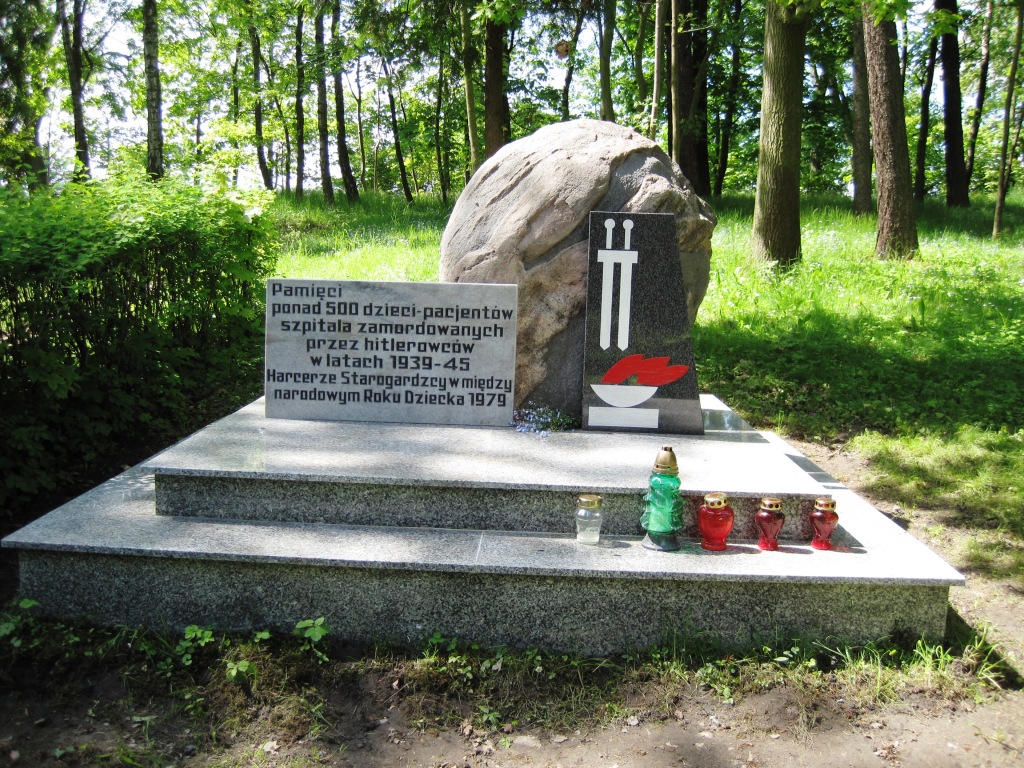
Source: author.
In 2010, after the city assumed the cemetery property from the clinic, the
Boy Scouts renovated the memorial.
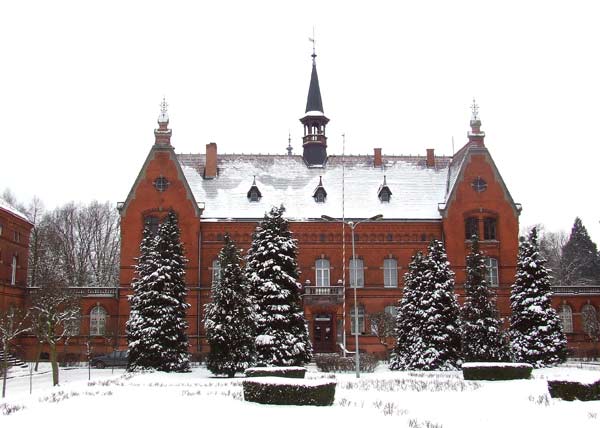 Source: http://www.kocborowo.pl/foto/galeria_male/020.jpg
Source: http://www.kocborowo.pl/foto/galeria_male/020.jpg
The web site of the
clinic today, Szpital dla Nerwowo i Psychicznie Chorych, does
not refer to this part of the institution's past, even though it has a
section on the history of the hospital (as of 2015).
For commemorative events at the Szpegawski Forest see here (and here for further information).

The Information Portal of European
Sites of Remembrance has a section
on Kocborowo.
Literature
Publications by Polish authors in
chronological order
Bilikiewicz, Tadeusz. 1948. "Polityka sanitarna okupanta na
Pomorzu." Polski Tygodnik Lekarski 47:
1423-24; 48: 1456; 49: 1485-88; 50: 1512-20; 51: 1550-51
(see pp. 1519-20).
Szwentnerowa, Krystyna. 1968. Zbrodnia na
Via Mercatorum. Gdynia: Wydawnictwo morskie.
Milewski, Józef. 1977. Kociewie w latach
okupacji hitlerowskiej 1939-1945. Warsaw: Ludowo Spółdzielnia
Wydawnicza.
Towarzystwo Milosnikow Ziemi Kociewskiej. 1983. Księga
imienna strat ludzkich II wojny światowej (Kociewie). N.p:
Starogard Gdanski.
Jaroszewski, Zdzisław, ed. 1989. Pacjenci
i pracownicy szpitali psychiatrycznych w Polsce zamordowani przez okupanta
Hitlerowskiego i los tych szpitali w latach 1939-1945. Vol. 1: Szpitale. Vol. 2: Imienne
wykazy zamordowanych. Warsaw: n. p.
Slawinska, Irena, and Franciszek Scigala. 1989. "Kocborowo." Pp. 8-14 in Pacjenci
i pracownicy szpitali psychiatrycznych w Polsce zamordowani przez okupanta
Hitlerowskiego i los tych szpitali w latach 1939-1945. Vol.
1: Szpitale. edited by Zdzislaw Jaroszewski. Warsaw: n. p.
———. 1993. "Kocborowo (Conradstein): Landesanstalt für Psychisch Kranke."
Pp. 56-71 in Die Ermordung der
Geisteskranken in Polen, 1939-1945, edited by Zdzislaw Jaroszewski.
Warsaw: Wydawnictwo Naukowe PWN.
Milewski, Józef. 1995. Szpital dla
Nerwowo i Psychicznie Chorych im. St.Kryzana w Starogardzie
Gdanskim-Kocborowie (1893-1994): Przyczynki do historii. N.p:
Starogard Gdanski.
Nasierowski, Tadeusz. 2006. "In the Abyss of Death: The Extermination of the
Mentally Ill in Poland
During World War II." International
Journal of Mental Health 35(3):50-61.
Krawczyk, Daniel. 2010. Las
Szpęgawski.
Available at http://lasszpegawski.w.interia.pl/index_oz_1.htm
Kulesza, Witold. 2010. "'Euthanasie'-Morde an polnischen
Psychiatriepatient/innen während des Zweiten Weltkriegs." Pp. 175-78 in Die nationalsozialistische "Euthanasie"-Aktion
"T4" und ihre Opfer: Geschichte und ethische Konsequenzen für die
Gegenwart, edited by Maike Rotzoll, Gerrit Hohendorf, Petra Fuchs,
Paul Richter, Christoph Mundt, Wolfgang U. Eckart. Paderborn: Schöningh.
Tiergartenstrasse 4 Association. "Killing of Mental Patients in Pomerania."
Available at http://www.tiergartenstrasse4.org/Killing_of_Mental_Patients_in_Pomerania,119.html
Other authors
Benzenhöfer, Udo. 2003. "Genese und
Struktur der 'NS-Kinder- und Jugendlicheneuthanasie.'" Monatsschrift
für Kinderheilkunde 151: 1012-1019.
Karski, Anna-Renata. 2003. "Der polnische Psychiater Tadeusz Bilikiewicz
(1901-1980) als Medizinhistoriker." Medical Dissertation, University of
Leipzig.
Musial, Bodgan. 1999. "NS-Kriegsverbrecher vor polnischen Gerichten." Vierteljahreshefte für Zeitgeschichte
47: 25-56.
Riess, Volker. 1995. Die Anfänge der
Vernichtung "lebensunwerten Lebens" in den Reichsgauen Danzig-Westpreussen
und Wartheland 1939/40. Frankfurt: Lang.
———. 2004. "Zentrale und dezentrale Radikalisierung: Die Tötungen
'unwerten Lebens' in den annektierten west- und nordpolnischen Gebieten
1939-1941." Pp. 127-44 in Genesis des
Genozids: Polen, 1939-1941, edited by K.-M. Mallmann and B. Musial.
Darmstadt: Westliche Buchgesellschaft.
Schenk, Dieter. 2000. Hitlers Mann in
Danzig: Albert Forster und die NS-Verbrechen in Danzig-Westpreussen.
Bonn: J.H.W. Dietz Nachfolger.
Topp, Sascha. 2004. “Der ‘Reichsausschuss zur wissenschaftlichen Erfassung
erb- und anlagebedingter schwerer Leiden’: Zur Organisation der Ermordung
minderjähriger Kranker im Nationalsozialismus 1939-1945.” Pp. 17-54 in Kinder
in der NS-Psychiatrie, edited by Thomas Beddies and Kristina Hübener.
Berlin-Brandenburg: Be.bra Wissenschaft.
———. 2005. "Der 'Reichsausschuß zur wissenschaftlichen
Erfassung erb- und anlagebedingter schwerer Leiden': Die Ermordung
minderjähriger Kranker im Nationalsozialismus 1939-1945." Master's Thesis
in History, University of Berlin.
Last updated 13 September 2015
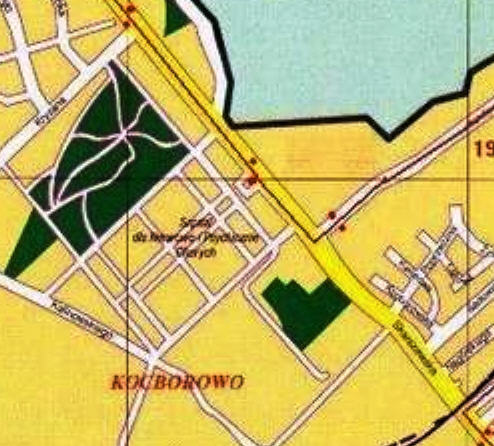
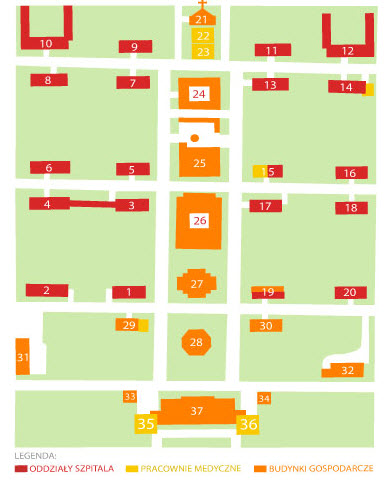
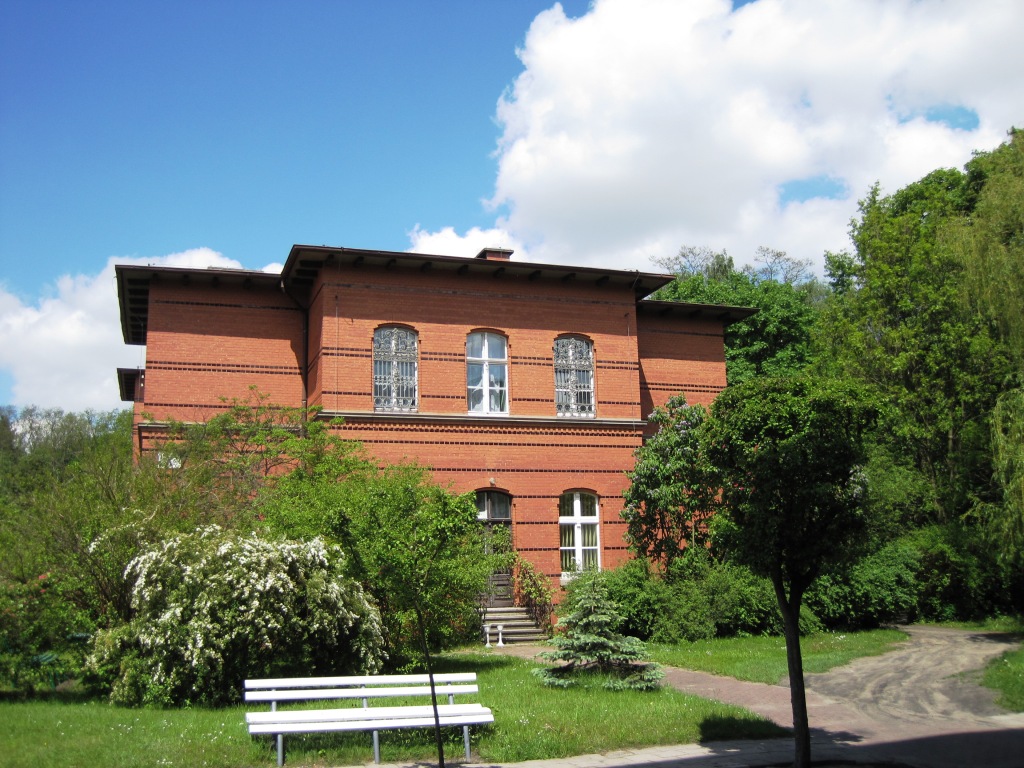
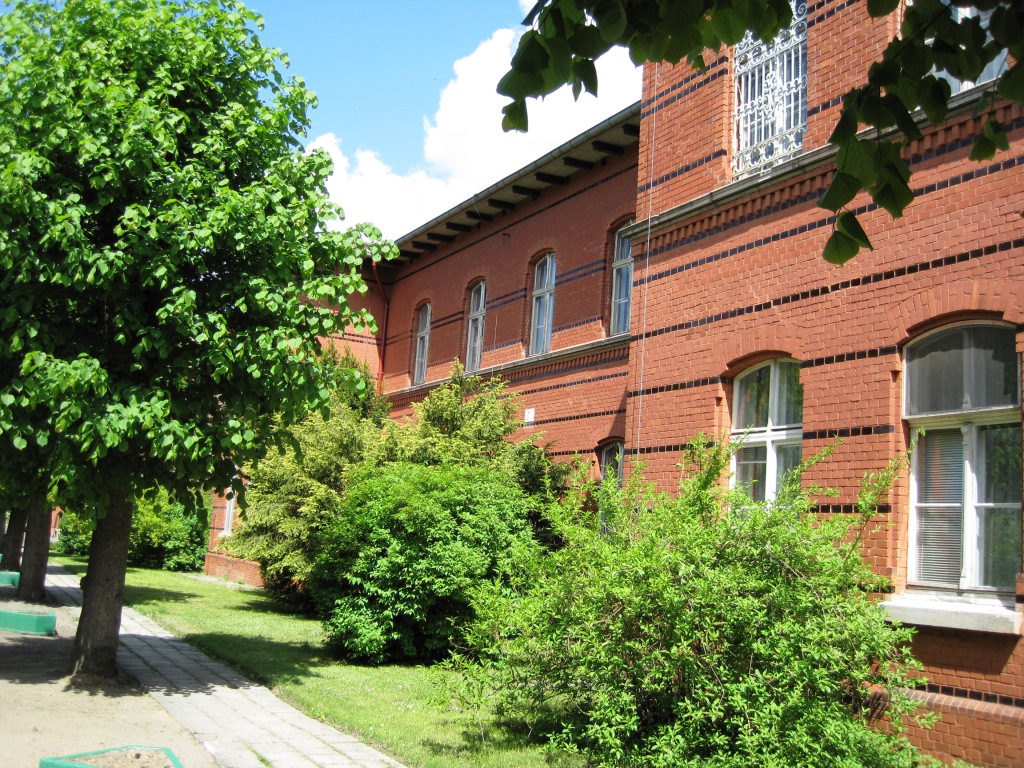





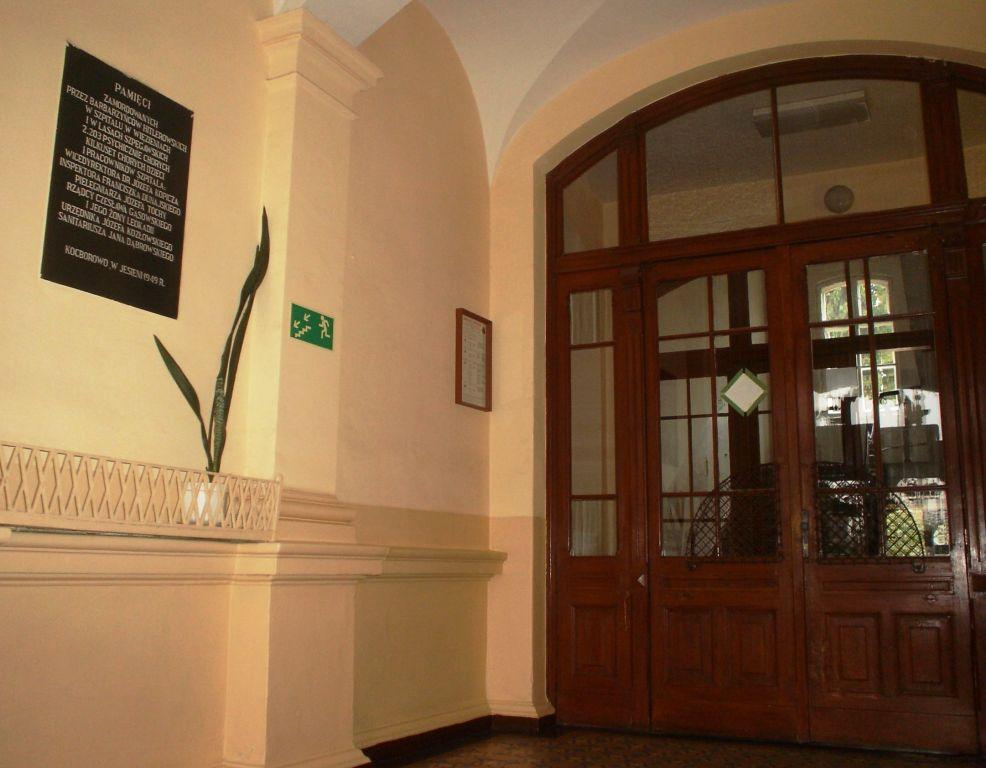
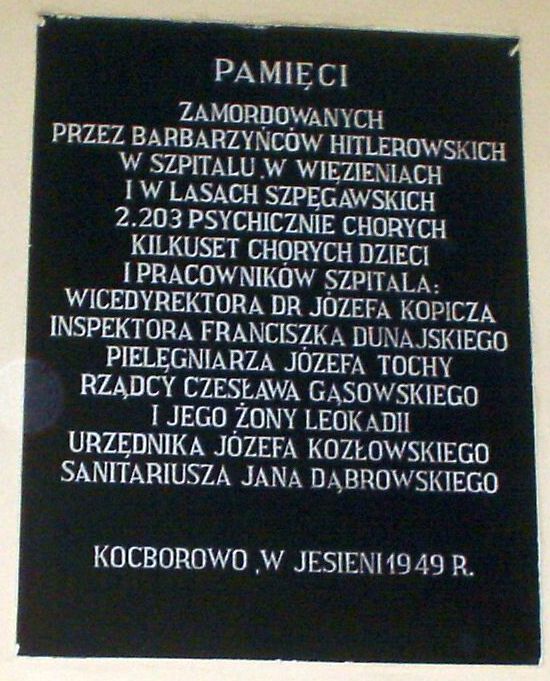
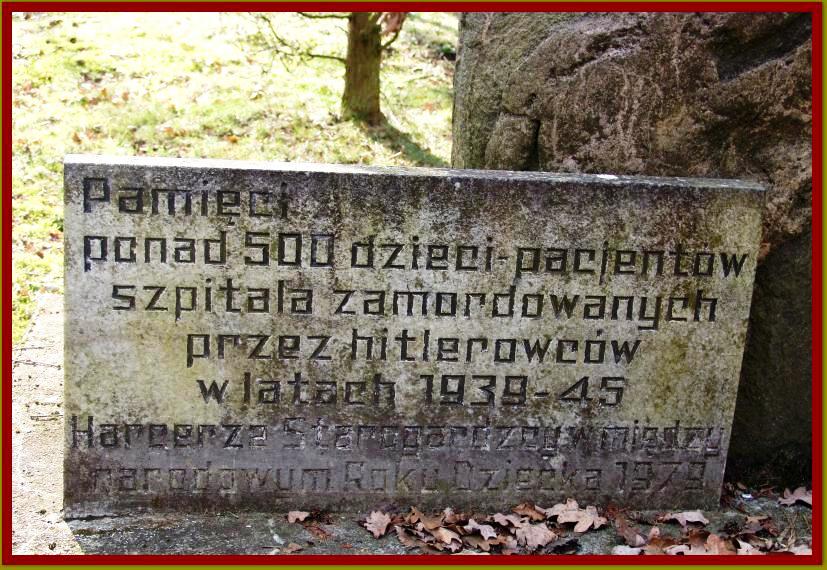
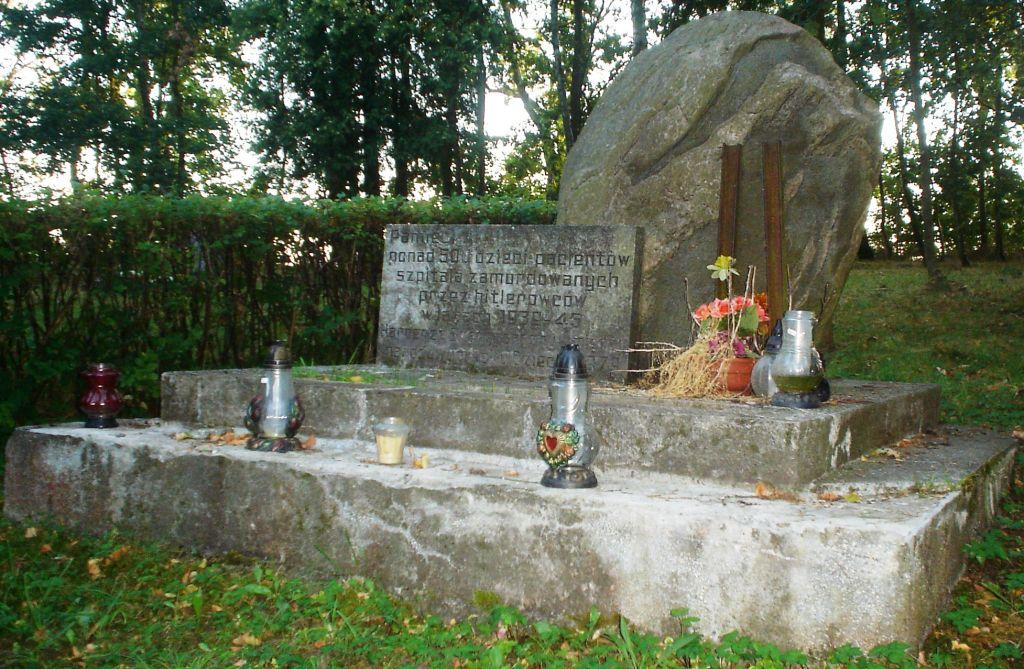
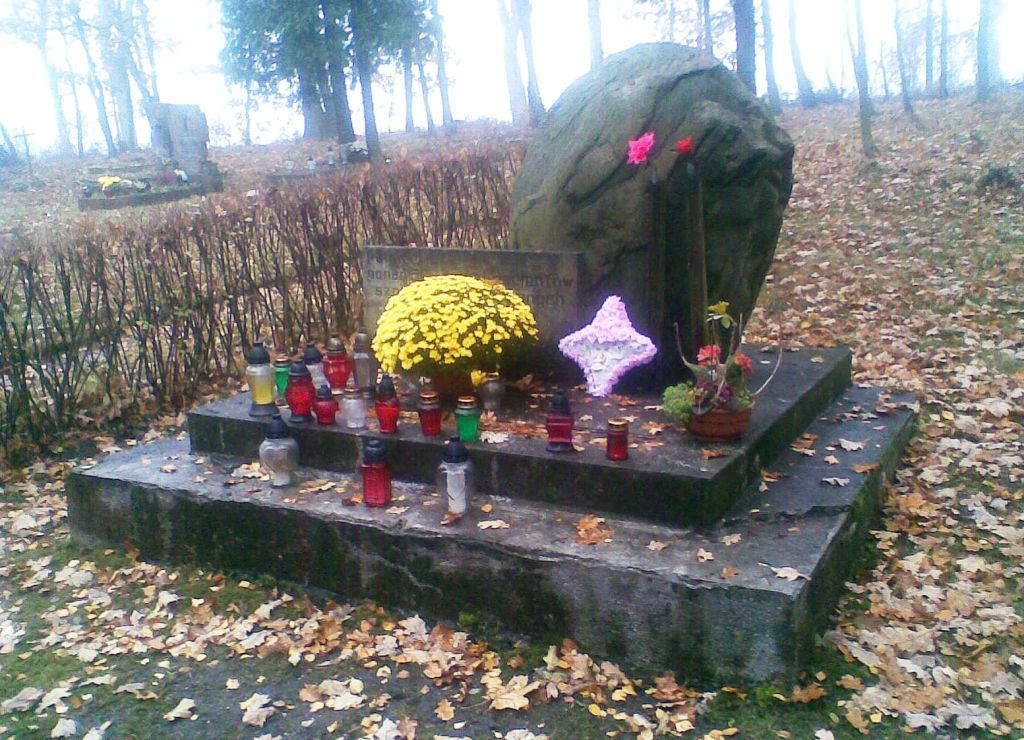

 Source: http://www.kocborowo.pl/foto/galeria_male/020.jpg
Source: http://www.kocborowo.pl/foto/galeria_male/020.jpg